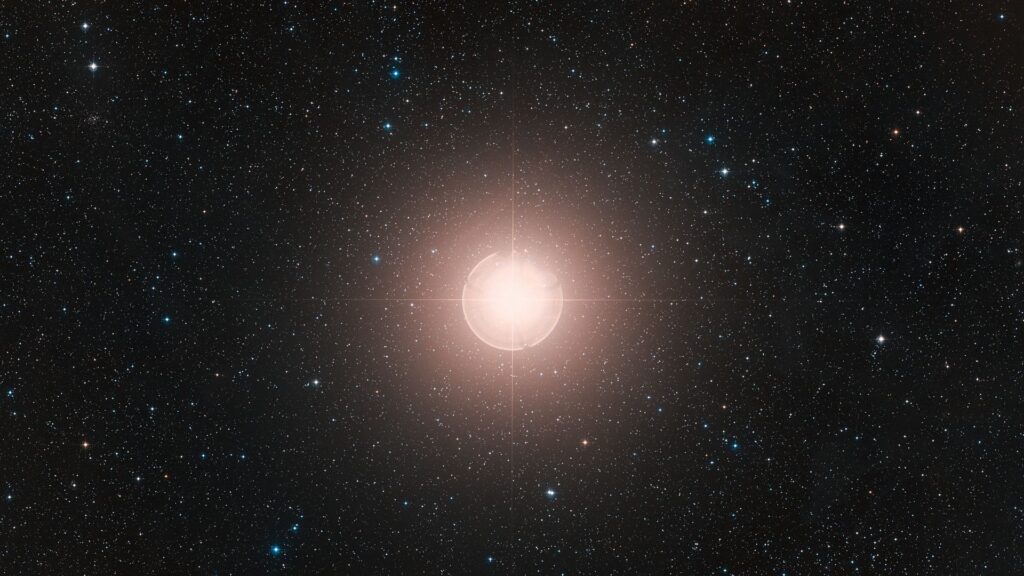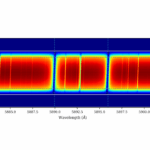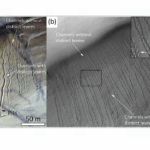Now Reading: Amazon launches 27 satellites to begin building huge ‘Project Kuiper’ internet constellation (video)
-
01
Amazon launches 27 satellites to begin building huge ‘Project Kuiper’ internet constellation (video)
Amazon launches 27 satellites to begin building huge ‘Project Kuiper’ internet constellation (video)
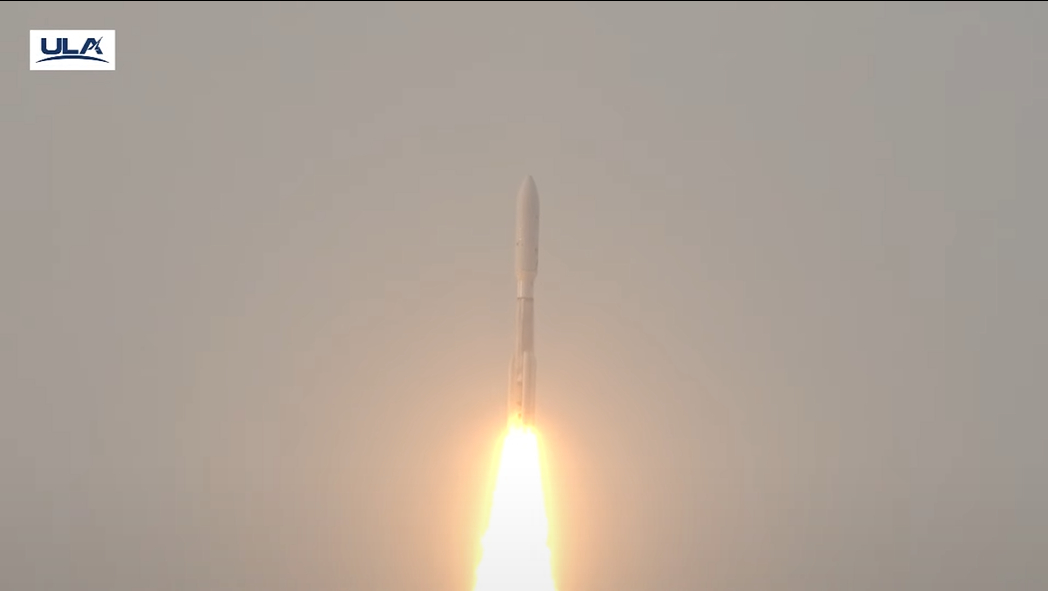
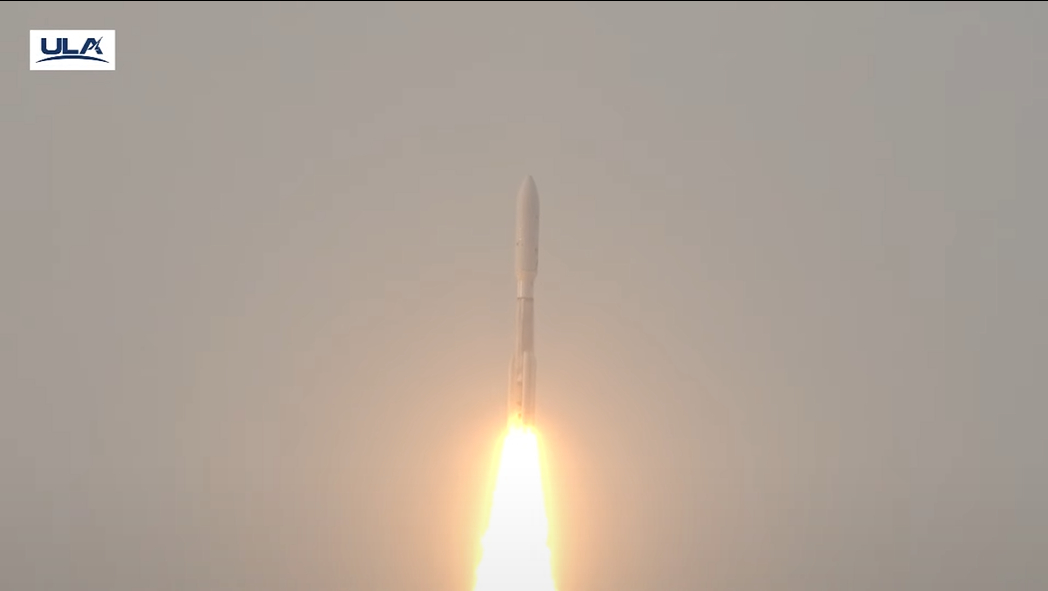
The assembly of Amazon’s big new satellite-internet constellation is underway.
A United Launch Alliance (ULA) Atlas V rocket lifted off from Florida’s Cape Canaveral Space Force Station today (April 28) at 7:01 p.m. EDT (2301 GMT), carrying 27 of Amazon’s “Project Kuiper” broadband spacecraft toward low Earth orbit (LEO).
It was the first of more than 80 planned launches to build out the Project Kuiper megaconstellation, which will eventually harbor more than 3,200 spacecraft.
That’s a big number, but it won’t set a record; SpaceX’s Starlink broadband network, which already beams service down to customers around the world, currently consists of more than 7,200 operational spacecraft.
And Starlink — perhaps Project Kuiper’s biggest competitor — is growing all the time: SpaceX has launched 31 Starlink missions so far this year, with many more on the docket. In fact, there was a Starlink launch less than three hours before today’s Atlas V launch, with another planned for less than four hours after.
Related: Starlink satellites: Facts, tracking and impact on astronomy
If all goes according to plan today, the Atlas V will deploy the 27 Project Kuiper satellites 280 miles (450 kilometers) above Earth. The spacecraft will then make their own way to their operational altitude of 392 miles (630 km).
“While the satellites complete the orbit-raising process, we will look ahead to our ultimate mission objective: providing end-to-end network connectivity,” Amazon representatives wrote in a prelaunch statement.
“This involves sending data from the internet, through our ground infrastructure, up to the satellites, and down to customer terminal antennas, and then repeating the journey in the other direction,” they added.
Project Kuiper is expected to begin providing coverage to customers later this year, according to Amazon.
Related stories:
Today’s launch was the second overall for the Project Kuiper program. An Atlas V sent two prototype satellites to orbit in October 2023, on a test mission designed to prove out the company’s technology and inform the design of the constellation’s operational craft.
And there are considerable differences between those pioneering satellites and the ones that went up today.
“We have improved the performance of every system and subsystem on board, including phased array antennas, processors, solar arrays, propulsion systems and optical inter-satellite links,” Amazon representatives said in the same statement.
“In addition, the satellites are coated in a dielectric mirror film unique to Kuiper that scatters reflected sunlight to help make them less visible to ground-based astronomers,” they added.
Most of the remaining 80-plus launches will be performed by the Atlas V and its successor, ULA’s new Vulcan Centaur rocket. Amazon has also signed launch deals with Jeff Bezos’ Blue Origin, SpaceX and France-based Arianespace.
Today’s launch was originally scheduled for April 9, but bad weather scuttled that try. ULA and Amazon then had to wait for a launch slot to open up on the Eastern Range, the Florida spaceport and testing site operated by the U.S. Space Force.
Stay Informed With the Latest & Most Important News
Previous Post
Next Post
-
 012024 in Review: Highlights from NASA in Silicon Valley
012024 in Review: Highlights from NASA in Silicon Valley -
 02Panasonic Leica Summilux DG 15mm f/1.7 ASPH review
02Panasonic Leica Summilux DG 15mm f/1.7 ASPH review -
 03How New NASA, India Earth Satellite NISAR Will See Earth
03How New NASA, India Earth Satellite NISAR Will See Earth -
 04And Thus Begins A New Year For Life On Earth
04And Thus Begins A New Year For Life On Earth -
 05Astronomy Activation Ambassadors: A New Era
05Astronomy Activation Ambassadors: A New Era -
06SpaceX launch surge helps set new global launch record in 2024
-
 07Space Force plans new ‘Futures Command’ amid pressure to speed up modernization
07Space Force plans new ‘Futures Command’ amid pressure to speed up modernization













